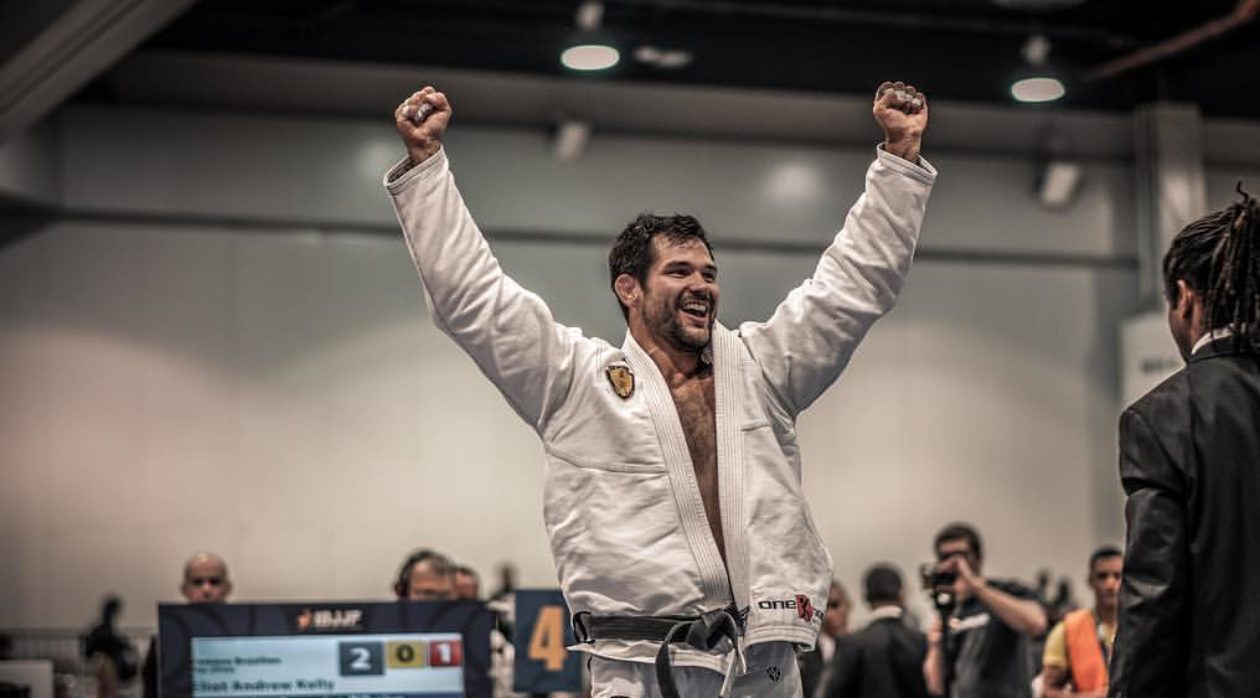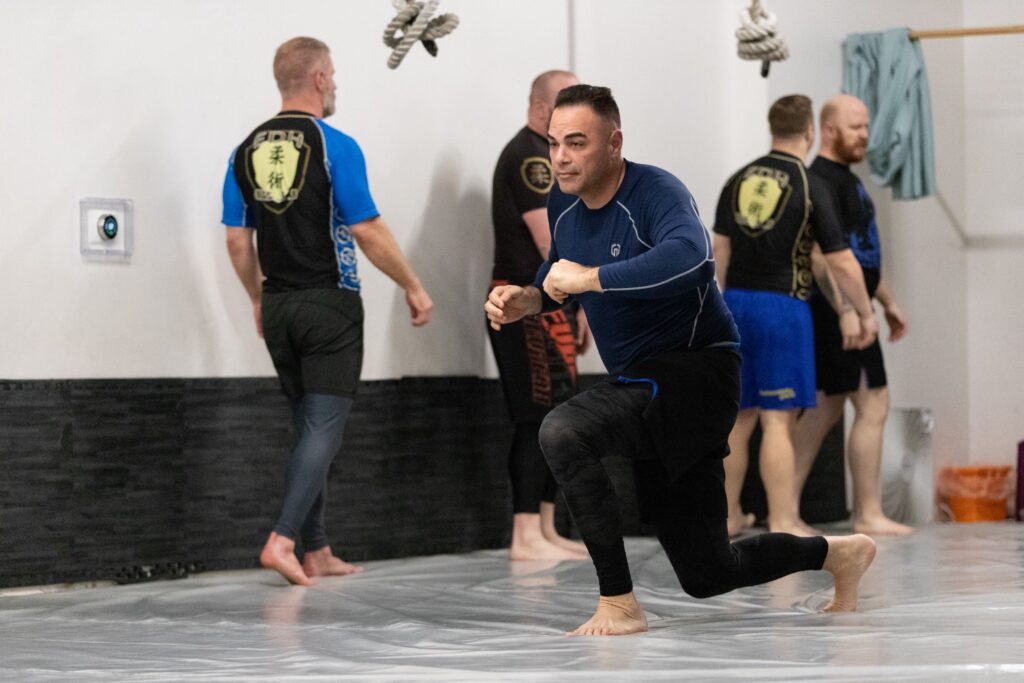At El Dorado Hills Jiu-Jitsu, we believe that everyone, regardless of their current fitness level, can embark on the exciting journey of jiu-jitsu. Whether you’re a complete novice to physical fitness or a seasoned athlete, our training is designed to accommodate and nurture your growth. Jiu-jitsu is not just about reaching a peak fitness level; it’s about the ebb and flow of your personal journey, adapting to your goals and lifestyle.

Starting from Scratch: No Experience Needed
Fitness Characteristics:
- Varied Backgrounds: Many beginners have no prior fitness experience, and that’s perfectly okay. Jiu-jitsu welcomes all, regardless of their starting point.
- Gradual Adaptation: Initial classes are structured to help you gradually adapt to the physical demands, ensuring a comfortable and encouraging start.
- Focus on Basics: Beginners will focus on basic movements and techniques, building a solid foundation without overwhelming physical exertion.
Training Focus:
- Foundational Techniques: Learning the basic positions, grips, and movements that are the core of jiu-jitsu.
- Gentle Conditioning: Light warm-ups, basic drills, and introductory sparring to begin improving overall fitness without pushing too hard.
- Support and Recovery: Emphasis on proper recovery techniques, including stretching and hydration, to prevent injuries and aid muscle recovery.

Intermediate Progress: Enhancing Skills and Stamina
Fitness Characteristics:
- Evolving Endurance: As you progress, your stamina will naturally improve, allowing for longer and more intense training sessions.
- Strength Development: Strength training becomes more integral, focusing on building muscle and increasing power specific to jiu-jitsu movements.
- Improved Flexibility: Regular practice enhances flexibility, aiding in the execution of more complex techniques.
Training Focus:
- Skill Refinement: Working on refining techniques and learning advanced moves, understanding the deeper aspects of jiu-jitsu.
- Moderate Sparring: Increasing frequency and intensity of sparring sessions to further develop both skill and fitness levels.
- Improved flexibility : Incorporating exercises to continue to challenge both static and dynamic flexibility to maintain strength in lengthened positions and avoid the opportunity for injury.
Advanced Level: Mastery and Peak Performance
Fitness Characteristics:
- High Endurance: Advanced practitioners can handle extended periods of training with sustained intensity.
- Specialized Strength: Strength training is highly specialized, focusing on power and muscle endurance specific to jiu-jitsu.
- Superior Flexibility: Advanced techniques require a high level of flexibility and the ability to move quickly and efficiently.
Training Focus:
- Technique Mastery: Perfecting techniques and developing a deep understanding of jiu-jitsu principles.
- Intense Sparring: Engaging in high-intensity sparring sessions, often with other advanced practitioners, to simulate competition conditions.
- Holistic Wellness: Paying close attention to nutrition, recovery protocols, and injury prevention to maintain peak performance.
The Ebb and Flow of Fitness in Jiu-Jitsu
It’s important to recognize that fitness levels in jiu-jitsu are not static; they ebb and flow based on your training focus and personal goals. Whether you’re training for competition, focusing on technical improvement, or simply enjoying the journey, your fitness routine will adapt accordingly. Some periods may emphasize intense physical conditioning, while others might focus more on technique and recovery.

At El Dorado Hills Jiu-Jitsu, we are committed to supporting your journey, no matter where you start. Our instructors tailor training programs to match your fitness level and personal goals, ensuring you build strength, improve technique, and enhance your overall well-being.
Jiu-jitsu is a transformative journey that accommodates the ebb and flow of your fitness levels. Join us at El Dorado Hills Jiu-Jitsu and discover how you can thrive at every stage, embracing the dynamic nature of your personal fitness and jiu-jitsu journey!




















